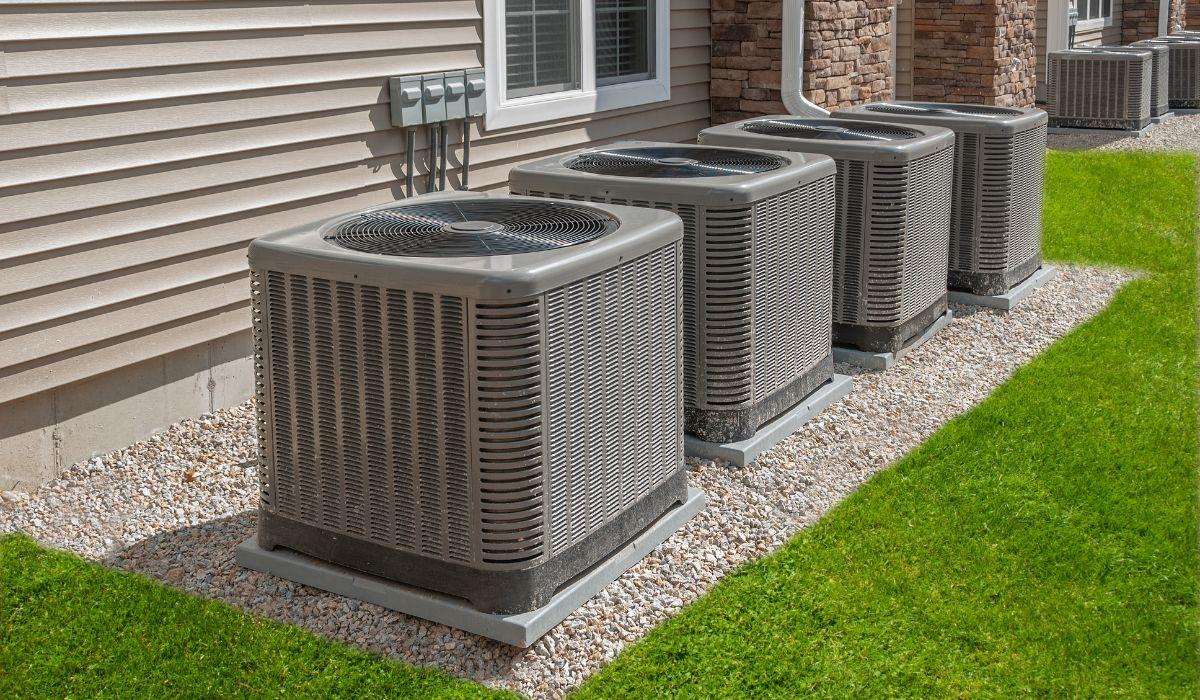Heating your home with an air-source heat pump, also known as an air-to-water source heat pump, is as simple as transferring heat from the air outside to the water in your plumbing system. In addition to providing hot water for use in faucets, showers, and bathtubs, it may also heat water in a hot water cylinder. A fluid is used to absorb heat from the surrounding air. After entering the heat pump via a heat exchanger, this fluid is heated before transferring its heat to the water.
Upgrades to an air source heat pump
Most residential heating systems generate heat by burning fuel or transforming electrical energy. However, heat pumps are unique because they do not produce heat. Instead, they transfer the outside heat into your home. In turn, this improves their productivity. Because the heat they have is more than offset by the electricity they require, a heat-pump system may be more economically viable than a conventional heating system that uses fossil fuels.
Benefits of using an air-source heat pump:
- They are more cost-effective than other home heating systems;
- They produce heat and hot water at a high-efficiency rate;
- They emit no carbon dioxide when combined with a renewable tariff;
- They are easier to install than ground source pumps, which necessitate digging in your garden;
- Some systems can even provide cooling in the summer.
To what extent do air-source heat pumps require upkeep?
Air-to-air heat pumps employ tried-and-true technology and can last for decades. However, just like a boiler, an air source heat pump requires professional maintenance every two or three years (or annually if the manufacturer suggests this) to ensure optimal performance.
Proper heat pump maintenance you can do on your own includes the following:
- This necessitates routine inspections to ensure that the fan’s grilles are clear of debris, such as leaves. As well as cutting back any plants encroaching on the AC or its pipes.
- In icy conditions, remove snow or ice from the air source heat pump and make sure the grilles are transparent.
- Though getting used to the heat pump’s default settings may take some time, heat pumps function at peak efficiency when left alone for most of their operating time.
Are heat pumps that use outside air effective?
Using an air-source heat pump system can reduce your carbon footprint by using a sustainable, natural heat source. It all depends on the fuel you switch from regarding how much carbon dioxide you’ll avoid producing. For instance, if you’re switching from a natural gas boiler to one that runs on coal or oil, the cost will be higher.
The electricity used to run a heat pump still results in CO2 emissions because it is an energy consumer.
In many cases, a hybrid air source heat pump can be used in conjunction with an existing central heating system and boiler. The heat pump in these hybrid air-source systems is responsible for the ‘base load’ of heating and hot water used daily.



